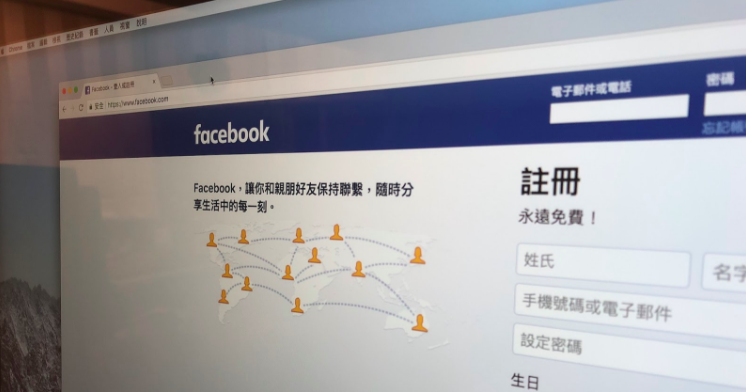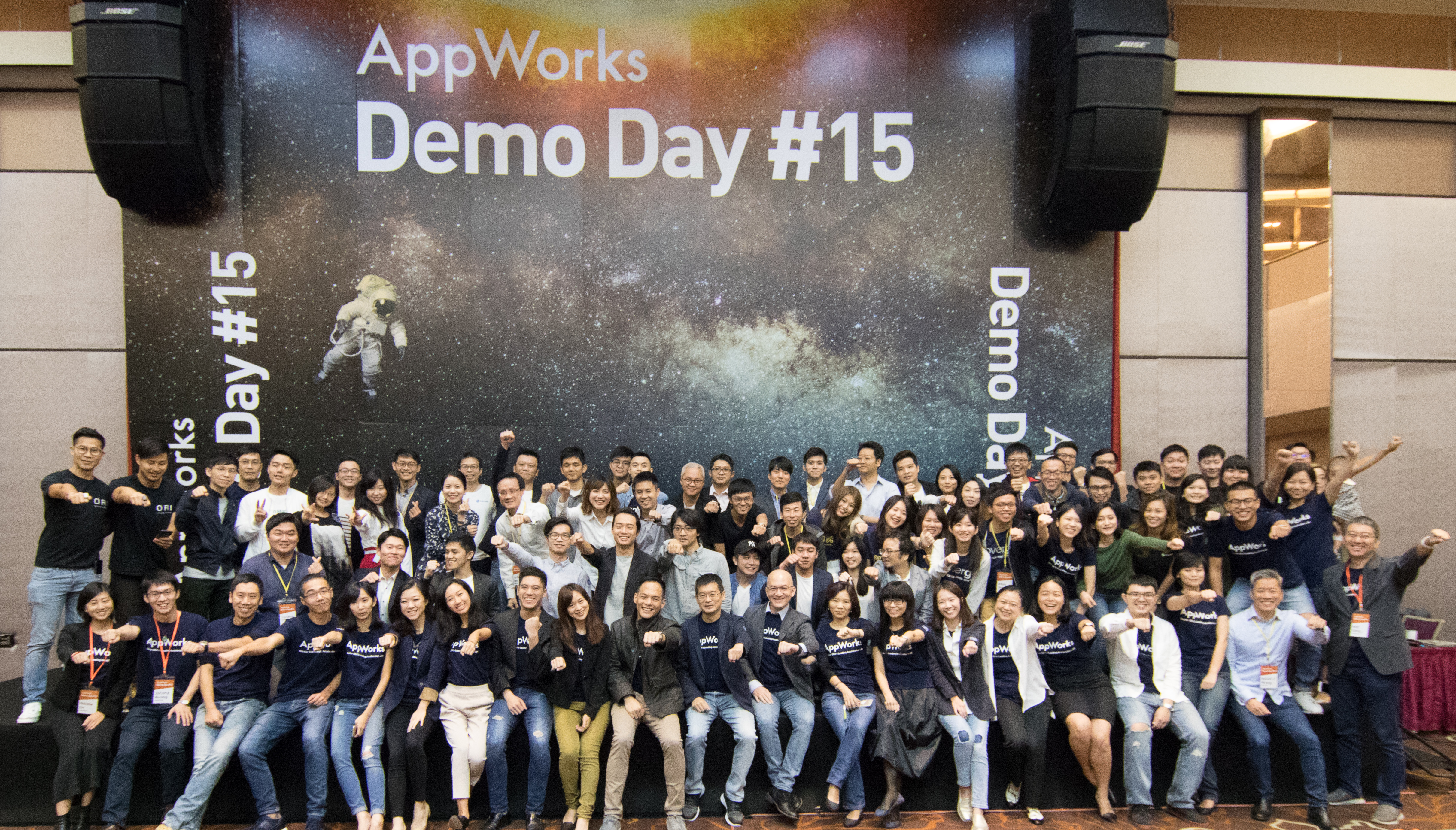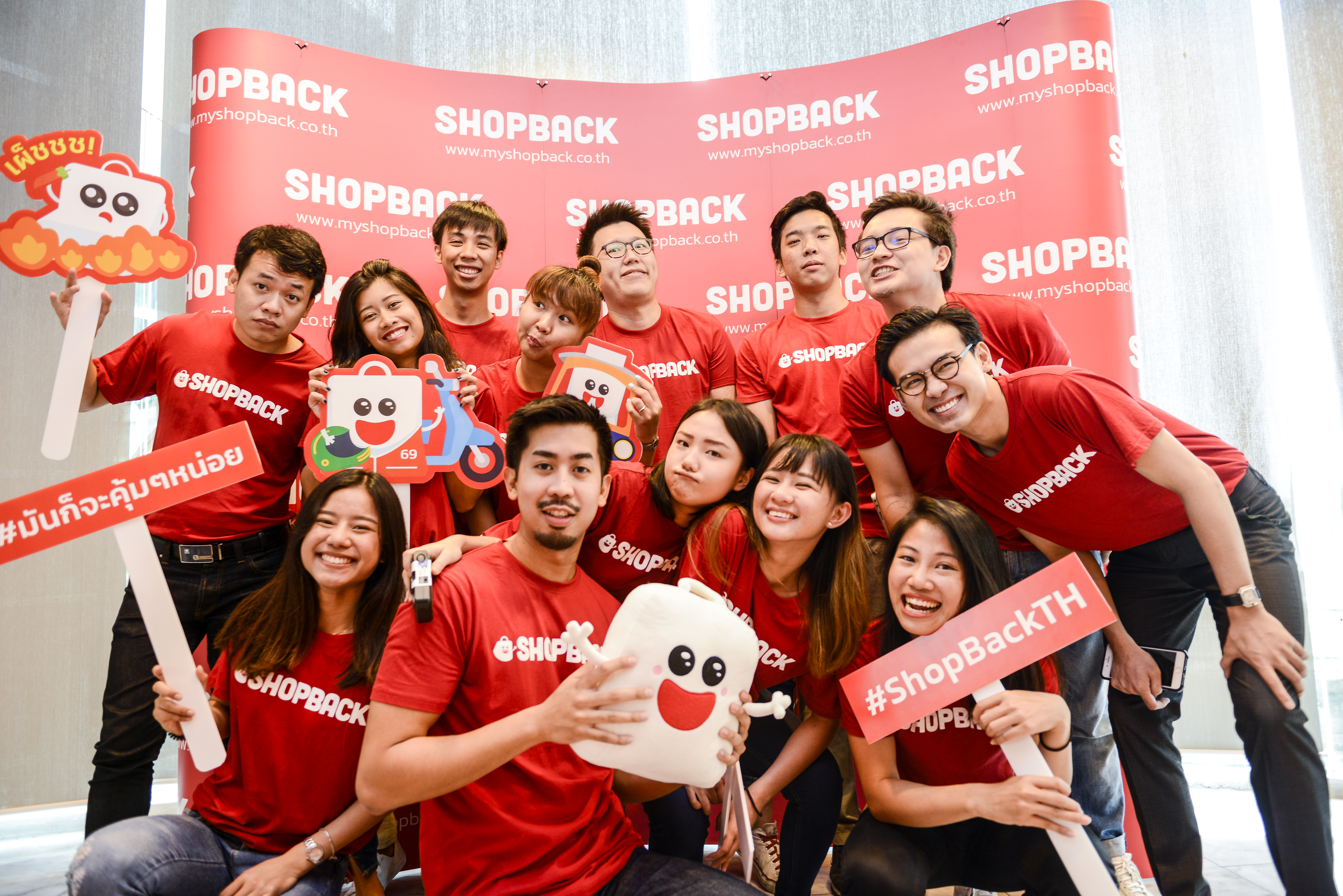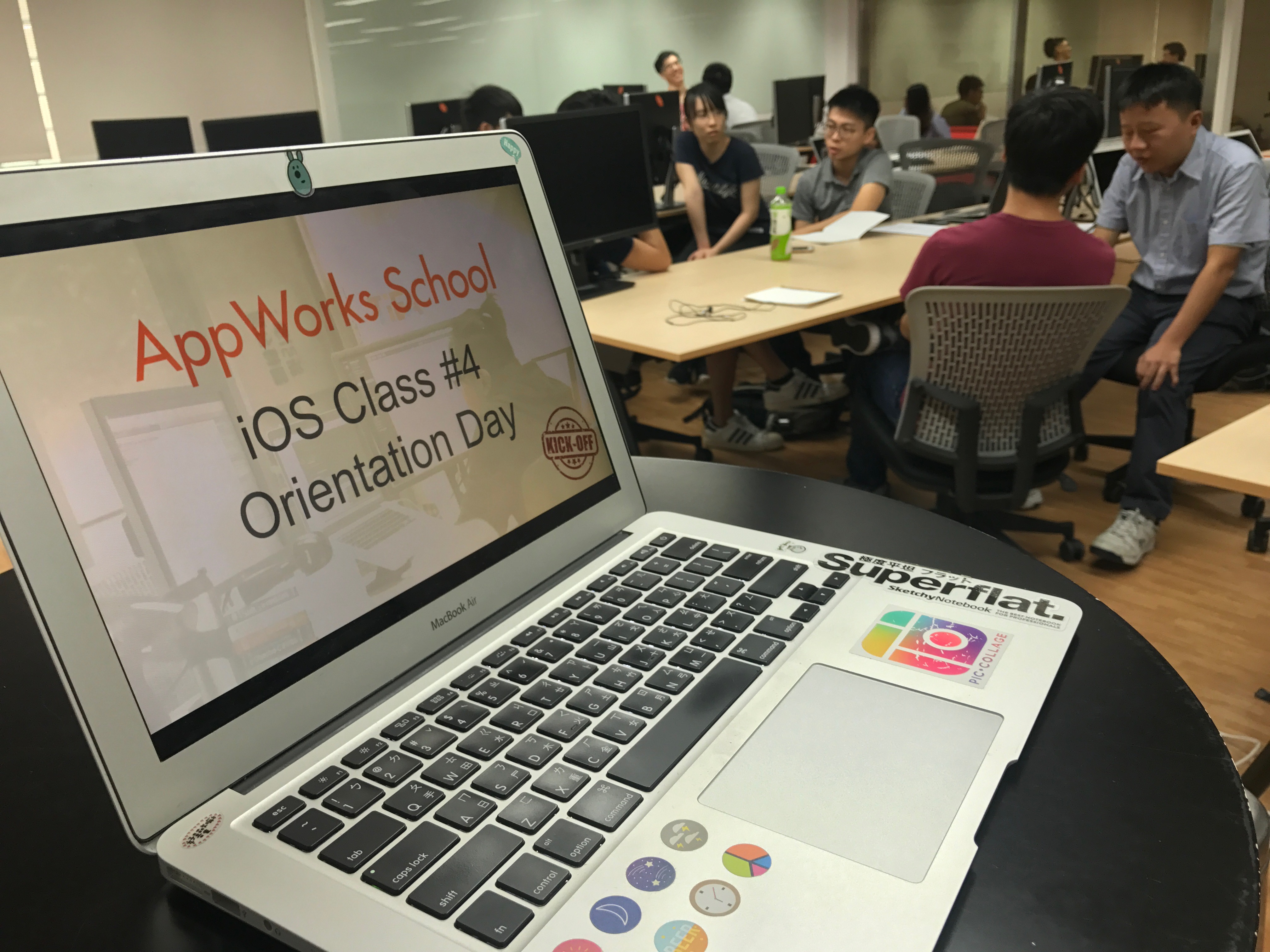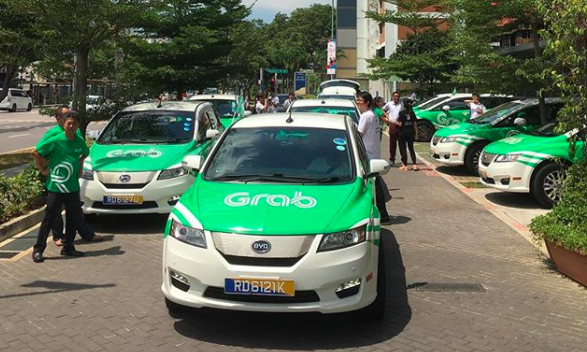
Antony Lee, Communications Master (李欣岳 / 媒體公關總監)
負責媒體與社群溝通相關輔導。加入 AppWorks 前有 18 年媒體經驗,是台灣第一批主跑網路產業的記者,先後任職《數位時代》副總編輯、《Cheers 快樂工作人》資深主編、SmartM 網站總編輯。畢業於交大管科系,長期關注媒體產業變化,熱愛閱讀商業與科技趨勢、企業與人物故事,樂於與人交流分享,期許自己當個「Internet 傳教士」。
本週在東南亞網路與新創圈,最轟動的新聞,莫過於 Uber 宣布退出東南亞市場,將東南亞業務與資產,出售給東南亞最大的叫車軟體 Grab。究竟 Grab 有何本領?台灣的網路產業,可以從 Grab 身上,獲得哪些啟發?
「他們已經輸掉一次,我們將讓他們再輸一次。」(They’ve lost once, and we will make them lose again.)2016 年 7月,東南亞最大的叫車軟體 Grab 創辦人暨執行長陳炳耀(Anthony Tan),在一封給內部同仁的公開信中,針對中國叫車軟體龍頭滴滴出行,購併 Uber 在中國的業務與資產後,直接與 Uber 叫陣。他指出:「當區域龍頭堅持自己的理念與優勢時,他們是可以佔上風的,這已在中國發生了一次,在這裡(東南亞)將也是如此。」
陳炳耀不到兩年前的宣示,在 3 月 26 日就成真了。Grab 宣布購併 Uber 在東南亞的業務與資產,藉此購併,Uber 將取得 Grab 27.5% 的股權,Uber 執行長 Dara Khosrowshahi 也將加入 Grab 董事會。這項購併,等於宣告 Uber 退出東南亞市場,「打不過就加入」的轉為支持競爭對手 Grab。
因地制宜、充滿彈性與執行力
儘管在台灣,多數人暫時無法使用 Grab 的服務,但 Grab 在東南亞的勝利,對台灣卻有兩個重要意義。第一,在數位經濟快速發展的東南亞市場,正吸引全球多家網路巨人前往佈局插旗,儘管他們名氣大、口袋深、資源豐厚,但新創企業卻大有機會與這些巨人們一搏,甚至獲取最終勝利;第二,在多國林立,各個國家差異性極大的東南亞,Grab 因地制宜,快速且充滿彈性、執行力的擴張策略,是它得以勝出的關鍵原因,而這正是台灣企業的強項,過去 20 年,在同樣是多國林立、各個國家差異性極大的歐洲市場,台灣的 PC、網通等產業,例如宏碁、華碩、宏達電、合勤等企業,已多次證明過這個能耐。
Grab 在 2012 年於馬來西亞成立,2014 年將總部設在新加坡,是目前東南亞擴張速度最快的新創獨角獸之一。在今年 1 月,Grab 剛完成規模 25 億美元的 G 輪融資,整體估值達 60 億美元(大約與聯電市值相當,在台股可排進市值前 30 名)。除了藉由這次購併入股的 Uber 外,股東名單還包括軟體銀行、滴滴、豐田汽車、本田汽車、現代汽車、500 Startups 等知名創投與企業。
Grab 執行長陳炳耀,今年 36 歲,是出身自馬來西亞的華人。6 年前,與哈佛大學商學院同學、目前擔任 Grab 營運長的陳慧玲(Tan Hooi Ling),一同創辦 Grab,雙方父母則是 Grab 最早期的天使投資人。2014 年 Grab 將總部設於新加坡後,陳炳耀也在 2017 年取得新加坡國籍,根據 Forbes Asia 估計,陳炳耀個人資產規模達 3 億美元,名列馬來西亞前 50 大富豪,他在馬來西亞擁有極高的社經地位,是名符其實的「大馬之光」。
藉由這次購併 Uber 東南亞地區的業務,Grab 將把 Uber 的叫車、食物外送等服務,整合進既有平台,也讓 Grab 的發展將進入另一個階段。發展策略從「東南亞的 Uber」,進階為「東南亞的微信」,涵蓋的業務面向,包括叫車、食物外送、物流、支付、金融業務等,持續佈局成為「東南亞領先的 O2O 行動平台」。
打造東南亞領先的 O2O 平台
目前,Grab 是東南亞民眾手機中,最常被使用 App 之一,繳出的成績單或積極佈局的領域包括:
1. 在東南亞,Grab 的 App 下載次數突破 9000 萬,日活躍用戶超過 500 萬。
2. 平台上,擁有超過 500 萬位司機或運輸代理商,為乘客提供服務。
3. 在東南亞 8 個國家(新加坡、印尼、菲律賓、馬來西亞、泰國、越南、緬甸、柬埔寨)、195 個城市都有提供交通運輸服務,工具包括私人轎車、機車、嘟嘟車、計程車等。
4. 食物外送服務:透過與 UberEats 的整合,GrabFood 將從現有的印尼與泰國市場,拓展至新加坡與馬來西亞,並將在 2018 年上半年,推展服務至東南亞主要國家。
5. 交通運輸:Grab 將與更多運輸業者與汽車製造商合作,提供各個國家更多在地化的服務,包括今年推出的共享單車 GrabCycle、在既有的路線上預約公車的 GrabShuttle Plus。
6. 支付與金融服務:針對無信用卡、無銀行帳戶、微型創業家、小型企業這類的用戶,持續推動 Grab Financial 等一系列服務,包括行動支付、微型借貸、保險或其他金融服務。透過 GrabFood 的服務,推動行動支付與錢包GrabPay 加速普及,並在今年底將 GrabPay 推廣至東南亞主要國家。
Grab 從交通領域切入,逐步橫向整合物流、金融服務的發展模式,更符合東南亞市場網路發展的現況。相較於美國、中國這樣大一統的大型市場,數位經濟發展下,電子商務得以快速發展,主要來自由電商平台業者扮演推動市場的整合者,而這足以孕育出 Amazon、阿里巴巴這樣獨大的巨型電商平台;但在東南亞市場,數位經濟的發展,「基礎建設整合者」得要扮演更重要的角色。
Grab 在東南亞所扮演的,就類似這樣的角色。在這塊超過 6 億人口的廣大市場,各個國家的發展階段、生活型態、宗教信仰、語言等面向的差異性極大。有像新加坡這樣人口 560 萬、平均國民所得超過 5 萬美元、金融發展成熟、基礎建設完善的已開發國家;也有像印尼這樣人口超過 2.6 億、人均所得不到 4000 美元、超過七成的人沒有銀行帳戶或信用卡卻幾乎人人都有手機、號稱「千島之國」物流配送困難、基礎建設不足上下班必定大塞車的開發中國家。
整個東南亞,實際上被切割成各個大小不同,消費與生活習慣天差地別的市場,在電子商務真正普及之前,整合金物流更為重要。這樣的大環境,提供 Grab 快速崛起的充足養分,也讓外界對它的未來,充滿更多想像空間。
要在多元面貌的東南亞市場中崛起,把別人眼中的困難視為機會,Grab 比競爭對手更理解在地市場、擁有更強悍的彈性與執行力,自然不難理解,而這也讓它一直備受外界看好。成立至今僅 6 年,Grab 就已完成七輪創投融資,甚至在 2014 年一年內,就完成從 A 到 D 輪的四輪融資,持續吸引投資人,提供它在東南亞快速攻城掠地的資源。
在市場擴張上,Grab 因地制宜的策略,更是勝出關鍵。例如,新加坡地狹人稠、運輸距離短、時常發生計程車拒載短程的事件,Grab 初入新加坡市場,選擇與計程車行合作,提供網路叫車服務,乘客與司機能在 App上媒合,距離與價錢在手機上一目瞭然,對雙方都便利;在越南的胡志明市與印尼的雅加達等東南亞城市,道路小、交通繁忙,機車才是運輸主力,Grab 則推出 GrabBike,媒合機車叫車的服務,而為了降低民眾對於機車「橫衝直撞」的憂心,Grab 則要求機車司機時速不得超過 60 公里,超速會收到系統提醒,嚴重違規甚至將解約,每輛合作的機車,也必須接受 Grab 檢查才能上路,並進一步提供機車司機與乘客個人保險(當然是 Grab 自己的保險業務),以及要求司機與乘客佩戴安全帽。
除了在交通工具上,涵蓋從自行車、機車、計程車、嘟嘟車、私人轎車、公車等各種類型外,在支付車資的方式上,Grab 也是盡可能貼近當地民情。例如,在東南亞民眾多數沒有銀行帳戶或信用卡的限制下,Grab 的車資,可以現金支付,並提供行動支付的選項。
不管是交通工具、付款方式,Grab 都盡可能提供貼近當地市場的需求選項。這樣的策略,完全不同於 Uber 靠著一套模式打遍天下,甚至不惜激烈衝撞既有社會體制與產業結構的作法,也讓 Grab 最終在東南亞得以擊退 Uber,進而從交通平台,逐漸整合物流與金融服務,成為解決東南亞民眾生活需求的 O2O 行動平台。
隨著 Uber 撤出,東南亞叫車軟體的競爭,將呈現 Grab 對決印尼本地廠商 Go-Jek。在印尼這個東南亞最關鍵的市場,面對印尼龍頭 Go-Jek 的崛起,為了避免跟 Uber 犯下同樣錯誤,因為不夠了解當地市場而錯失商機,陳炳耀自己搬去雅加達,親身體驗在地生活,讓發展策略更貼近市場需求。
對處在台灣,看好東南亞商機,想要在此市場大展身手的網路公司來說,Grab 運用彈性且因地制宜的策略,快速突破單點(進入各個國家與城市)、串連成一條線(將物流與金融服務整合進平台)、擴大成為一整面(佈局東南亞 O2O 行動平台)的發展過程,絕對是一個值得振奮、深受啟發的故事,希望有為者亦若是。
AppWorks 將於 2018 年 9 月舉辦 IMPACT 2018,邀請大東南亞地區的網路公司獨角獸 CEO 來分享他們的成功經驗,有興趣的朋友千萬不要錯過這個寶貴的學習機會,請留下聯絡方式,我們將在第一時間提供您活動資訊。
